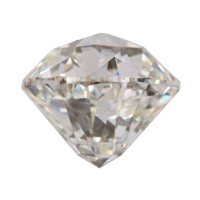- Joined
- Jul 21, 2004
- Messages
- 9,159
Garry,
Do not confuse value with price. Price is set by sellers, which is what you’re doing using a diamcalc algorithhm, and it can be whatever the seller or the programmers wants to ask. Value is set by buyers and their behavior in the market and is driven by what buyers are willing to pay for various things under the circumstances at hand. These are definitely not the same thing. Buyers may or may not value the same things and in the same ways that you do when you set your prices and using a program to tell them what they should want is fraught with trouble.
Neil Beaty
GG(GIA) ICGA(AGS) NAJA
Professional Appraisals in Denver
Do not confuse value with price. Price is set by sellers, which is what you’re doing using a diamcalc algorithhm, and it can be whatever the seller or the programmers wants to ask. Value is set by buyers and their behavior in the market and is driven by what buyers are willing to pay for various things under the circumstances at hand. These are definitely not the same thing. Buyers may or may not value the same things and in the same ways that you do when you set your prices and using a program to tell them what they should want is fraught with trouble.
Neil Beaty
GG(GIA) ICGA(AGS) NAJA
Professional Appraisals in Denver








300x240.png)